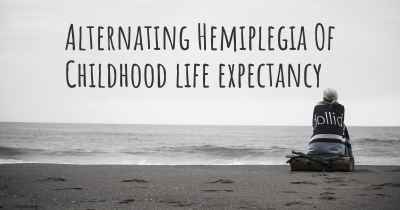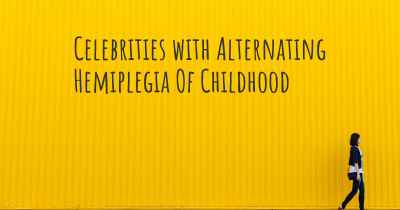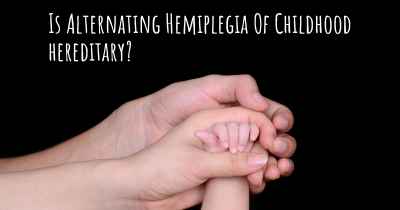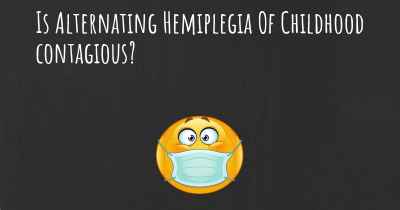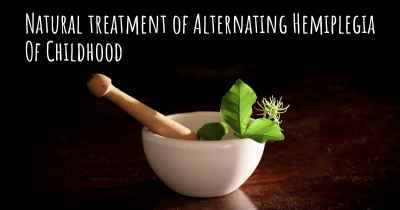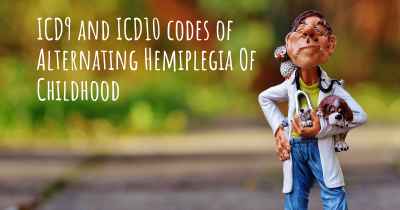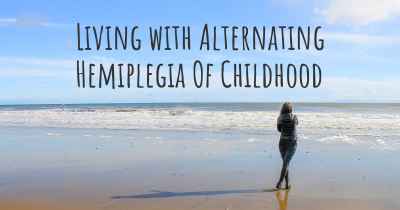What is the history of Alternating Hemiplegia Of Childhood?
When was Alternating Hemiplegia Of Childhood discovered? What is the story of this discovery? Was it coincidence or not?
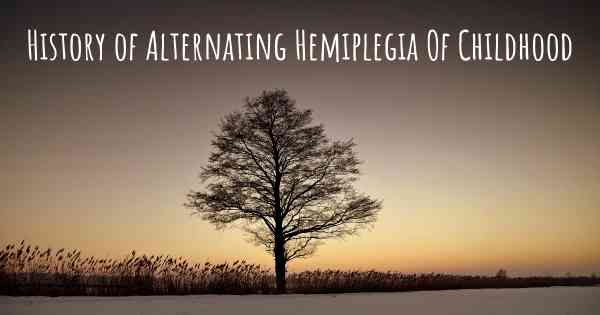
Alternating Hemiplegia of Childhood (AHC) is a rare neurological disorder that primarily affects children. It was first described in medical literature in 1971 by Dr. Verret and Dr. Steele, who reported on two siblings with episodes of alternating paralysis. Since then, numerous cases have been documented, shedding light on the history and understanding of this complex condition.
Early Observations:
During the early years of research, AHC was often misdiagnosed or misunderstood due to its rarity and the variability of symptoms. However, in the 1980s, Dr. Silver and Dr. Swoboda made significant contributions to the understanding of AHC. They identified the characteristic features of the disorder, including the alternating paralysis affecting one side of the body (hemiplegia), as well as other associated symptoms such as dystonia, oculomotor abnormalities, and cognitive impairments.
Genetic Discoveries:
In the late 1990s, researchers made a breakthrough in understanding the genetic basis of AHC. It was discovered that mutations in the ATP1A3 gene were responsible for the majority of AHC cases. The ATP1A3 gene provides instructions for producing a protein called the alpha-3 subunit of the sodium-potassium ATPase enzyme, which plays a crucial role in maintaining the balance of ions in nerve cells.
Classification and Subtypes:
As more cases were reported and genetic testing became available, researchers identified different subtypes of AHC based on the specific genetic mutations involved. These subtypes include AHC with mutations in the ATP1A3 gene, as well as other rarer forms caused by mutations in different genes. The classification of AHC subtypes has helped in understanding the underlying mechanisms and developing targeted treatments.
Advancements in Research:
Over the past two decades, research on AHC has expanded, leading to a deeper understanding of the disorder. Scientists have conducted studies to investigate the role of ATP1A3 mutations in disrupting ion transport and neuronal function. Animal models, such as mice with ATP1A3 mutations, have been developed to mimic the symptoms of AHC and explore potential therapeutic interventions.
Treatment Approaches:
Currently, there is no cure for AHC, and treatment focuses on managing symptoms and improving quality of life. Medications such as antiepileptic drugs, benzodiazepines, and dopamine agonists are commonly used to control seizures, dystonia, and other associated symptoms. Physical and occupational therapies can also help manage motor impairments and enhance functional abilities.
Support and Advocacy:
As awareness of AHC has grown, support networks and advocacy organizations have emerged to provide resources and support for affected individuals and their families. These organizations play a crucial role in raising funds for research, organizing conferences, and connecting families with medical professionals specializing in AHC.
The Future:
While significant progress has been made in understanding AHC, there is still much to learn about the underlying mechanisms and potential treatments. Ongoing research aims to further unravel the complexities of the disorder and develop targeted therapies that can improve the lives of individuals with AHC.
